A suspension concentrate, systemic and translaminar action fungicide for the preventative control of diseases in crops as indicated.
Wheat and Barley
- 400 mℓ /ha PLUS 150 mℓ /ha
SANTANA 480 SC plus LINK
Ground application
- 50 mℓ / 100 ℓ water (0.05 % LINK).
Aerial application
- 100 mℓ / 100 ℓ water (0.1 % LINK)
Grey leaf spot (Cercospora zeae-maydis),
Northern leaf blight (Exserohilum turcicum), Rust (Puccinia sorghi)
- ACADEMY 250 SC 400 mℓ/ha + SANTANA 480 SC 140 mℓ/ha +DIRECT
- Ground application:
Apply in 300 to 500 ℓ water per hectare.
- Aerial application:
Apply in 30 to 40 ℓ water per hectare.
DIRECT
Active ingredient:
Polyetherpolymethylsiloxanecopolymer
300 g/ℓ and vegetable oil 650 g/ℓ
Reg. No. L8680, Act 36 of 1947 (caution)
SANTANA 480 SC
Active ingredient: Prothioconazole (triazole) 480 g/ℓ
Reg. No. L10049, Act 36 of 1947 (harmful)
Potatoes: 300mℓ/ha plus 50 mℓ/100 ℓ water LINK
Apply in 500 ℓ water per hectare (ground application)
and 30-50 ℓ per hectare (aerial application)
MISSION 720 SC
Active ingredient: Chlorothalonil (phthalonitrile) 720 g/ℓ
Reg. No. L8432, Act 36 of 1947 (caution)
VILLA UNIZEB 750 WDG
Active ingredient: Mancozeb (dithiocarbamate) 750 g/kg
Reg. No. L8812 Act 36 of 1947 (caution)
300 mℓ/ha ACADEMY 250 SC + 100 mℓ/ha SANTANA 480 SC + 50 mℓ /100ℓ water DIRECT;
Apply in 300-500 ℓ water per hectare (Ground application)
- 300 mℓ/ha ACADEMY 250 SC + 100 mℓ/ha SANTANA 480 SC + 100 mℓ/100 ℓ water DIRECT;
Apply in 30-40 ℓ water per hectare (Aerial application)
DIRECT
Active ingredient: Polyetherpolymethylsiloxanecopolymer 300 g/ℓ and vegetable oil 650 g/ℓ
Reg. No. L8680, Act 36 of 1947 (caution)
SANTANA 480 SC
Active ingredient: Prothioconazole (triazole) 480 g/ℓ
Reg. No. L10049, Act 36 of 1947 (harmful)
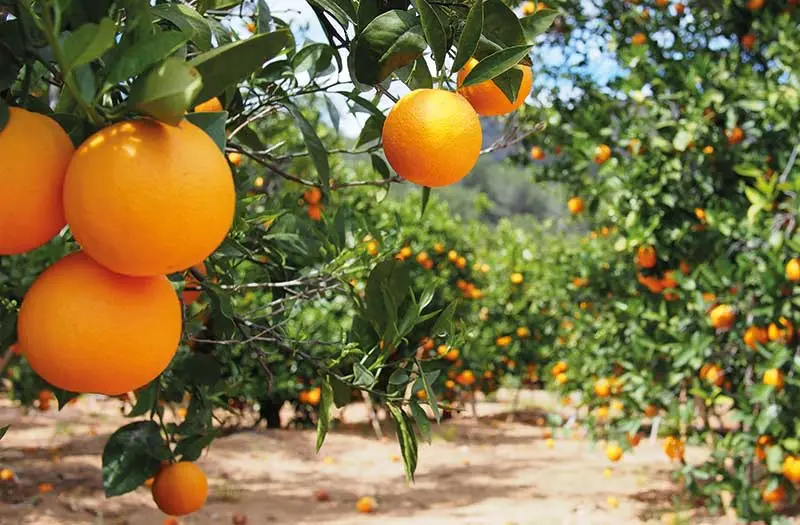
VILLA CROP PROTECTION (PTY) LTD.
Co. Reg. No. 1992/002474/07
65 Botes Road, Glen Marais, Kempton Park, 1619
Tel. (011) 396 2233

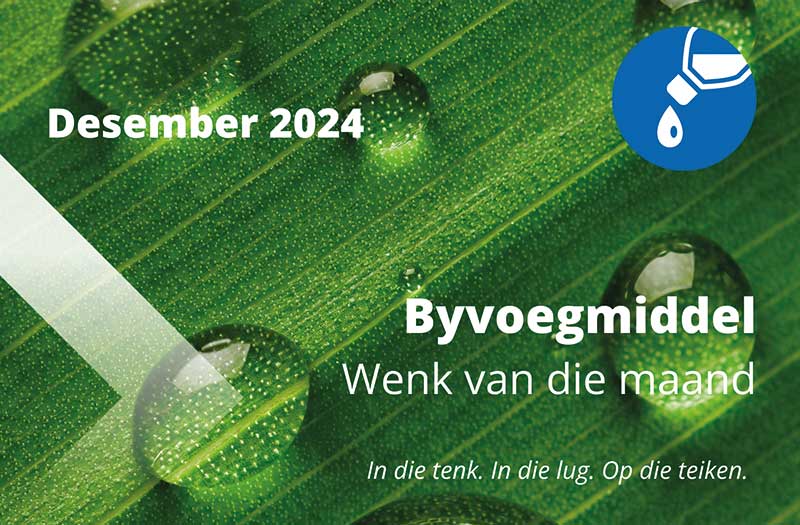
Ons beklemtoon dikwels die belangrikheid daarvan om genoeg spuitdruppels tot by alle dele van die plant te kry. Ons moet egter ook verseker dat meer

Pink and blue campaigns show you’re never alone Cancer awareness campaigns have been around for many years – October’s pink ribbons for breast cancer awareness

Magunya Kalimashe,Portfolio Lead: Herbicides Weed control remains an essential practice in small grain production. The benefits of effective weed control practices have been documented extensively
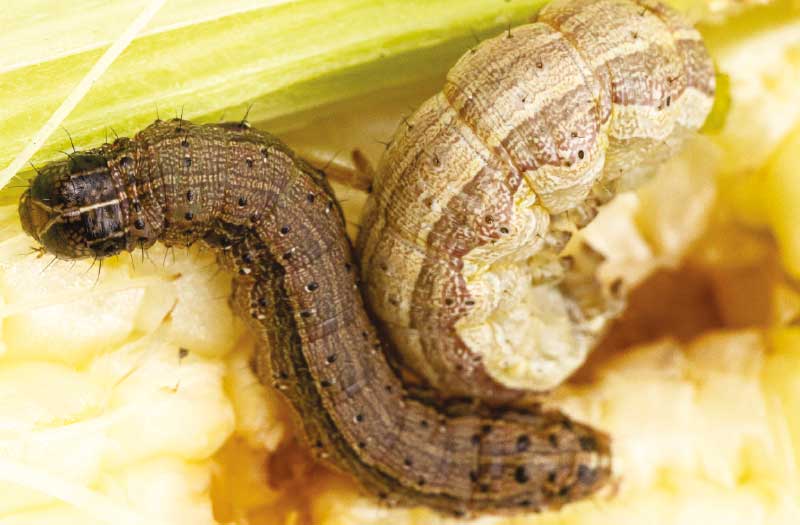
De Wet du Toit,Portefeuljeleier: Insekdoders Mielies is een van die belangrikste gewasse wat jaarliks in Suid-Afrika produseer word. Dit dra nie net tot die ekonomie

Weather-related events play a major role in the success of farm activities, and weed management is no exception. Weeds remain a huge problem in crop
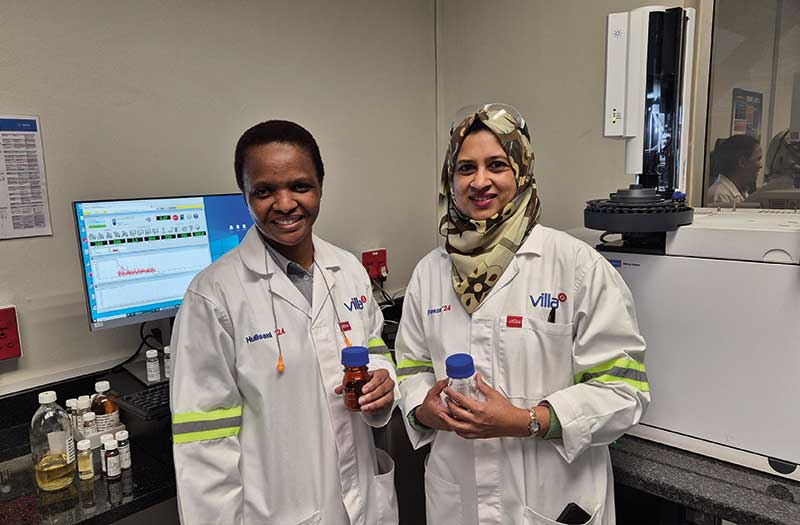
Quality control is non-negotiable in the manufacture of crop protection products, and at Fountain Chemicals, this does not stop at simply complying with production standards.

Villa is excited to announce the appointment of Sarah le Grange in the new role of industry liaison and food value chain manager. In this
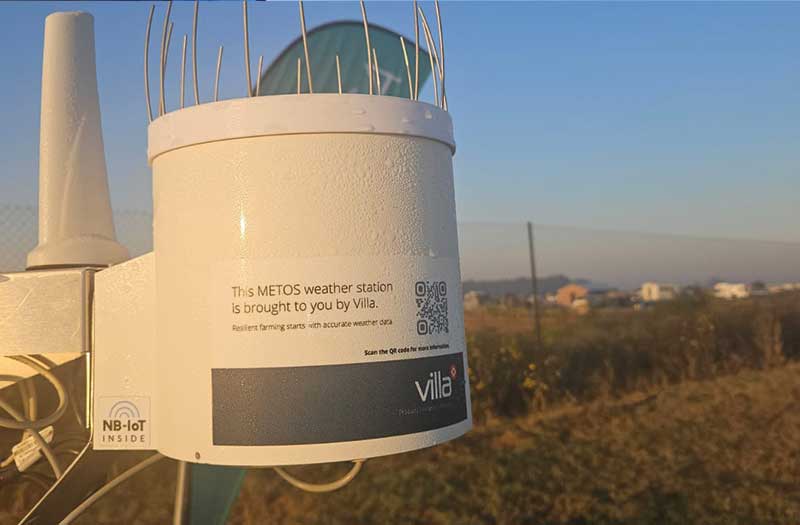
In modern agriculture, innovation is not just a buzzword-it’s a necessity. At Villa, we recognise our pivotal role in equipping South African growers with the

Our understanding of scientific inventions does not stop the moment we start using them. We keep learning more about their good and bad characteristics the

Background Ammonium sulphate has been used with cation-sensitive herbicides like glyphosate for about forty years. It is probably one of the most successful and long-lived